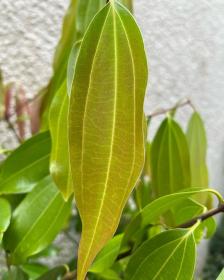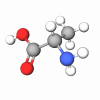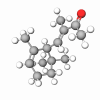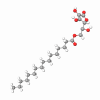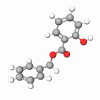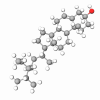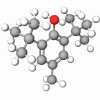Cinnamon (Cinnamomum Cassia) grows on a tropical evergreen up to 50ft (15m) high, with strong branches and thick scabrous bark with young shoots speckled greeny-orange. The leaves have a spicy smell when bruised.
Cinnamon leaf essential oil is extracted by water or steam distillation from the leaves. It has properties of anthelmintic, antidiarrheal, antidote, antimicrobial, antiseptic, antispasmodic, antiputrescent, aphrodisiac, astringent, carminative, digestive, emmenagogue, hemostatic, orexigenic, parasiticide, refrigerant, spasmolytic, stimulant, stomachic, and vermifuge.
Historically, Cinnamomum Cassia leaf oil has been used for colds, flu, digestive and menstrual problems, rheumatism, kidney troubles, and as a general stimulant. Cinnamon oil blends well with clove, litsea cubeba, ylang-ylang, orange, mandarin, benzoin, Peru balsam, and in oriental mixtures.
Cinnamon Leaf oil is generally safe and fairly non-toxic. It may irritate sensitive skin because of the cinnamaldehyde content. Another irritant Eugenol may annoy the mucous membranes. So, skincare products containing Cinnamomum Cassia leaf oil should be used in moderation.